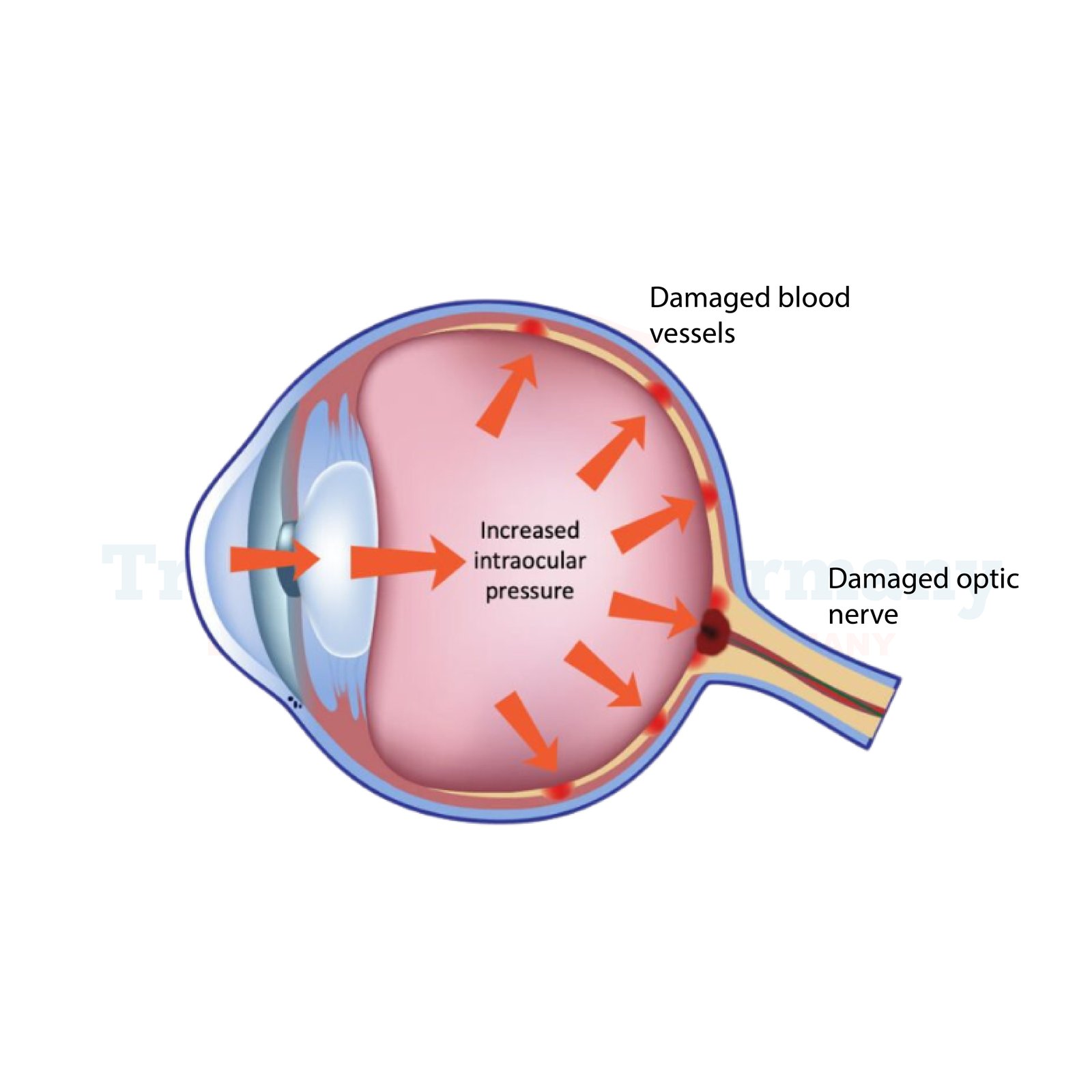Ocular hypertension, or increased eye pressure, doesn’t show symptoms early on—but without management, it can lead to glaucoma and irreversible vision loss. Early detection and treatment are key to protecting your eyesight.
What is Ocular Hypertension?
Ocular hypertension occurs when pressure inside your eye (known as intraocular pressure, or IOP) is higher than normal. Unlike glaucoma, it hasn’t yet caused damage to your optic nerve, but it increases your risk significantly.
Side Effects of Ocular Hypertension
If left unmanaged, ocular hypertension may lead to serious complications, including vision loss.
Causes of Ocular Hypertension
Several factors can contribute to developing ocular hypertension.
Symptoms of Ocular Hypertension
Ocular hypertension does not typically cause noticeable symptoms in its early stages.
Diagnosis of Ocular Hypertension
Regular eye exams are essential for detecting ocular hypertension early.
Treatment for Ocular Hypertension
Timely treatment can lower intraocular pressure and reduce the risk of vision loss.
Prevention and Management
While it can’t always be prevented, there are steps to manage or reduce your risk.
Why Choose Treatment in Germany?
With Germany's world-class eye care facilities and skilled specialists, you can feel confident that you're receiving the best possible care. Here’s why you should choose Germany for treating Ocular Hypertension
Conclusion
Your eye health is invaluable, and taking proactive steps today can make a significant difference in maintaining your vision for years to come. With Germany's world-class eye care facilities and skilled specialists, you can feel confident that you're receiving the best possible care. Don't compromise when it comes to your vision—embrace the advancements in technology and personalized treatments available to you. Prioritize your eye health and take the first step toward a brighter, clearer future.
👉 Contact us for further information and receive a complimentary consultation.

.webp)
.webp)
 (1).webp)
 (1).webp)

.webp)
.webp)
 (1).webp)
 (1).webp)
